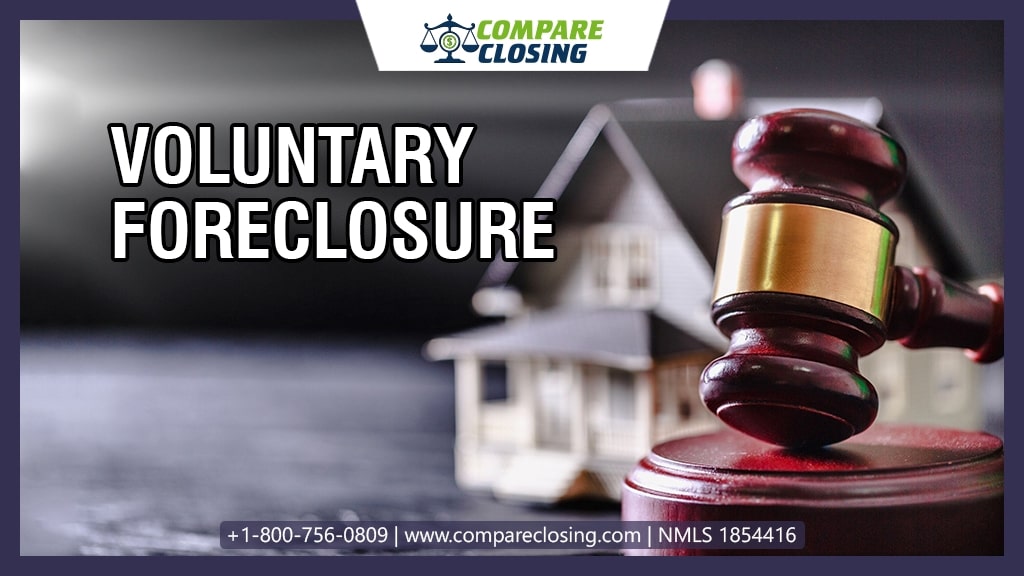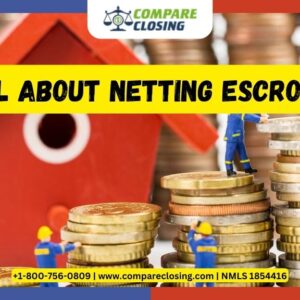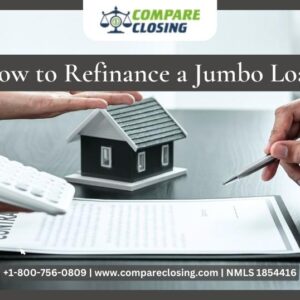Voluntary foreclosure means a foreclosure that is initiated by the borrower. Borrowers are ready to go into foreclosure because they can’t repay the mortgage payments or they want to avoid future mortgage payments.
Just like involuntary foreclosure the ownership of the property is transferred to the lender from the borrower.
An involuntary foreclosure occurs when the borrower struggles to pay or avoids payment altogether.
In non-voluntary foreclosure, the borrower has to evict the property after notice is provided by the lender.
In the case of nonvoluntary foreclosure the borrower has to lease the property on the lender’s terms, hence, a friendly foreclosure is often the best option for borrowers.
They can evict the property on their terms and pay off the loan more quickly.
This type of foreclosure is bad for the borrower and can make it difficult for years to rent or buy a home and get approved for a loan, but they are not financially damaging as a non-voluntary foreclosure.
Hence, this option could make more sense if the borrowers are sure that they are unable to make further payments on their mortgage.
Many borrowers choose to open new credit lines or take new credit cards and plan for this type of foreclosure before their credit scores drop.
Most lenders allow borrowers to request a friendly foreclosure as it can make the process of undertaking the property and collecting debts faster and more efficient compared to a non-voluntary foreclosure.
A borrower might enter into this type of foreclosure due to unexpected unemployment, the perception that the borrower has too many overhead expenses to cover the mortgage payments, dramatic changes in the housing market, and fluctuating interest rates in the case of ARMS.
One of the most widely used voluntary foreclosures is a deed in lieu of foreclosure. Regulations, guidelines, and fees for this type of foreclosure are based on lenders and the state.





